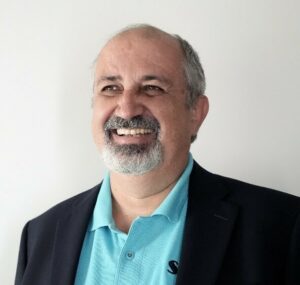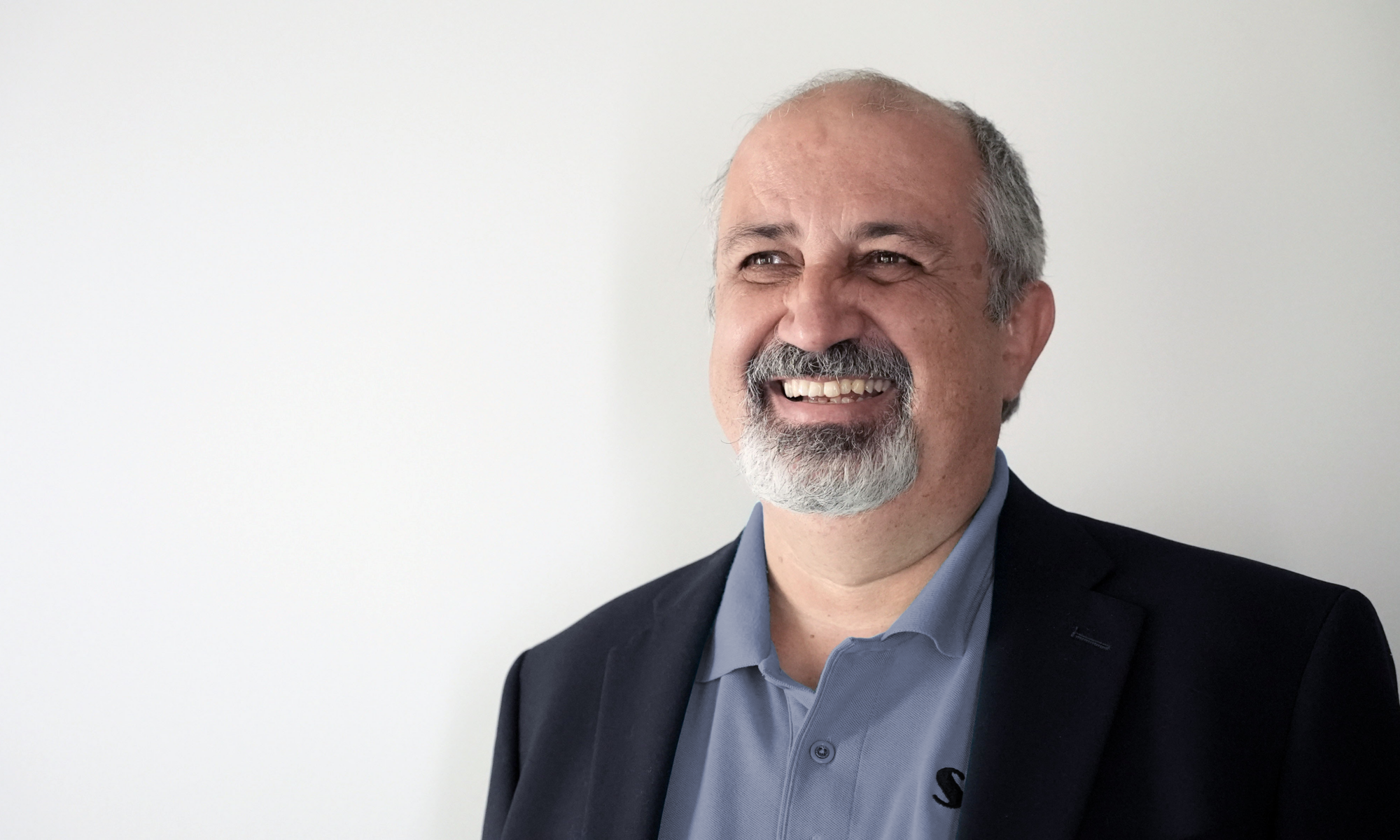
Mehdi is a serial entrepreneur with a track record of success. He is currently CEO and co-founder of SiLC. SiLC is his third Silicon Photonics start up focusing on advanced imaging solutions that enable machines to see like humans. His previous start up, Kotura where he was CTO and SVP of Engineering, developed communication solutions for data center applications. Kotura was acquired by Mellanox in 2013 where Mehdi continued to serve as VP of Silicon Photonics for over 4 years. Prior to that Mehdi was the VP of R&D at Bookham, the first company to ever commercialize silicon photonics. Bookham focused on sensing and telecom applications and had a successful IP in 2000 with a valuation of ~$7B.
Mehdi is one of the early pioneers of silicon photonics industry with over 25 years of commercialization experience in this space. Prior to that he spent 10 years in the III/V industry.
Tell us about your company.
On a mission to enable machines to see like humans, SiLC Technologies is a silicon photonics innovator delivering coherent vision and chip scale FMCW LiDAR solutions. SiLC has developed the industry’s first fully integrated coherent LiDAR chip. Our breakthrough 4D+ Eyeonic Chip integrates all photonics functions needed to enable a coherent vision sensor, offering a tiny footprint while addressing the need for low cost and low power. SiLC’s innovations are targeted to robotics, mobility, perimeter security, industrial automation and other leading markets. SiLC was founded in 2018 by silicon photonics industry veterans with decades of commercial product development and manufacturing experience.
What problems are you solving?
AI is all the rage now, but its scope to date is limited to the non-physical world. As the author Joanna Maciejewska said, “I want AI to do my laundry and dishes so that I can do art and writing, not for AI to do my art and writing so that I can do my laundry and dishes.” Beyond the desire for more creative and recreational time, the continued economic growth of industrialized countries depends on addressing the severe labor force shortage caused by the persistent (~1% per year) decline in the working-age population, driven by decades of falling birth rates.
To solve this problem, we need AI to take on a physical form and be capable of performing dexterous and human-like work. Even more critically, we need to be able to deploy the technology safely and cost effectively. While AI and Robotics technologies are relatively mature and capable of supporting such a goal, the vision technology to support machine autonomy and human-like activity is missing. The human eye works by partial processing of images in the eye with a direct linkage to our muscles to enable hand-eye coordination. This facilitates prediction-based movements in real-time and gives us dexterity and the ability to perform complex tasks rapidly and without conscious thinking. Existing machine vision solutions lack this ability as they focus on storage of images rather than real-time processing of images.
What application areas are your strongest?
SiLC is currently active in 3 key market sectors. First, is industrial and robotics, which aims to enable the autonomy revolution ahead of us. The second market, which is of strategic importance, is the C-UAS (Counter-Unmanned Aerial Systems, or drones) market where we enable detection, tracking and classification of drones. The third market is mobility/automotive. Honda’s investment in SiLC is a testament to our capabilities and differentiation in this market.
What keeps your customers up at night?
Our customers need a solution that provides reliable and accurate depth and velocity data regardless of lighting conditions and without the need for expensive and power-hungry computation. They also need to be able to position these systems without concern for multi-user interference (imagine going blind every time you looked someone in the eye or saw their reflections). Coherent imaging can address these issues and additionally offer precise depth and velocity information. Our solutions are eye safe, immune to multi-user interference and offer an order of magnitude performance improvement.
What does the competitive landscape look like and how do you differentiate?
There are companies which aimed to get a product together quickly by purchasing telecom grade components to make a full system. While this allows for faster time to market it does not provide a viable path to full commercialization as cost and scaling is very challenging. A coherent imaging system is a very complex optical apparatus requiring many high-performance optical components to work together. A crucial factor in commercializing such a complex platform is the integration of photonics, which ensures the robustness and cost-effective implementation of the required photonic circuits. A photonics integration platform is needed. The integration platforms available today, however, are designed for data communication and lack the advanced performance required to achieve the system level demands of a coherent imaging solution, which is orders of magnitude more challenging.
What new features/technology are you working on?
Our integration platform is rather unique and has been developed to enable the optical performance needed for coherent imaging applications. With our fully integrated chips, we are already capable of meeting the stringent requirements of our key markets, delivering world-leading performance levels. But we are just beginning. We are pushing on multiple fronts, developing new technologies that enhance our play in key markets. On the Industrial and Robotics side, we are working on technologies that allow us to offer even higher resolution at longer working distances. For C-UAS products we are developing technologies that enable us to achieve even longer ranges, providing more reaction time to respond to perceived threats. For mobility/automotive, we have a longer-term perspective and are focused on developing technologies that allow us to meet their demanding requirements for cost, power, size, performance, and reliability.
How do customers normally engage with your company?
SiLC is a semiconductor player that sells critical components rather than full systems. As such, our customers are typically system integrators and end users who have the internal capability to build their own systems. This allows our customers to add more value and ultimately produce a more cost-effective and application-optimized product. It enables us to focus on our core competencies, maintain higher margins and generate greater aggregate volumes. This strategy helps us to create the right economy of scale to offer better prices.
While our focus is on selling components, we also engage in full system design and optimization. This allows us to provide our customers with fully functioning reference designs and development kits as well as the knowledge and experience needed to support their development efforts. Our development kits are the first step in our engagement process with customers. These are designed to be flexible and multi-purpose with a user friendly interface, enabling access to data at almost every point in the system.
Also Read:
CEO Interview: Doug Smith of Veevx
CEO Interview: Adam Khan of Diamond Quanta
Executive Interview: Michael Wu, GM and President of Phison US
Share this post via:








Quantum Computing Technologies and Challenges